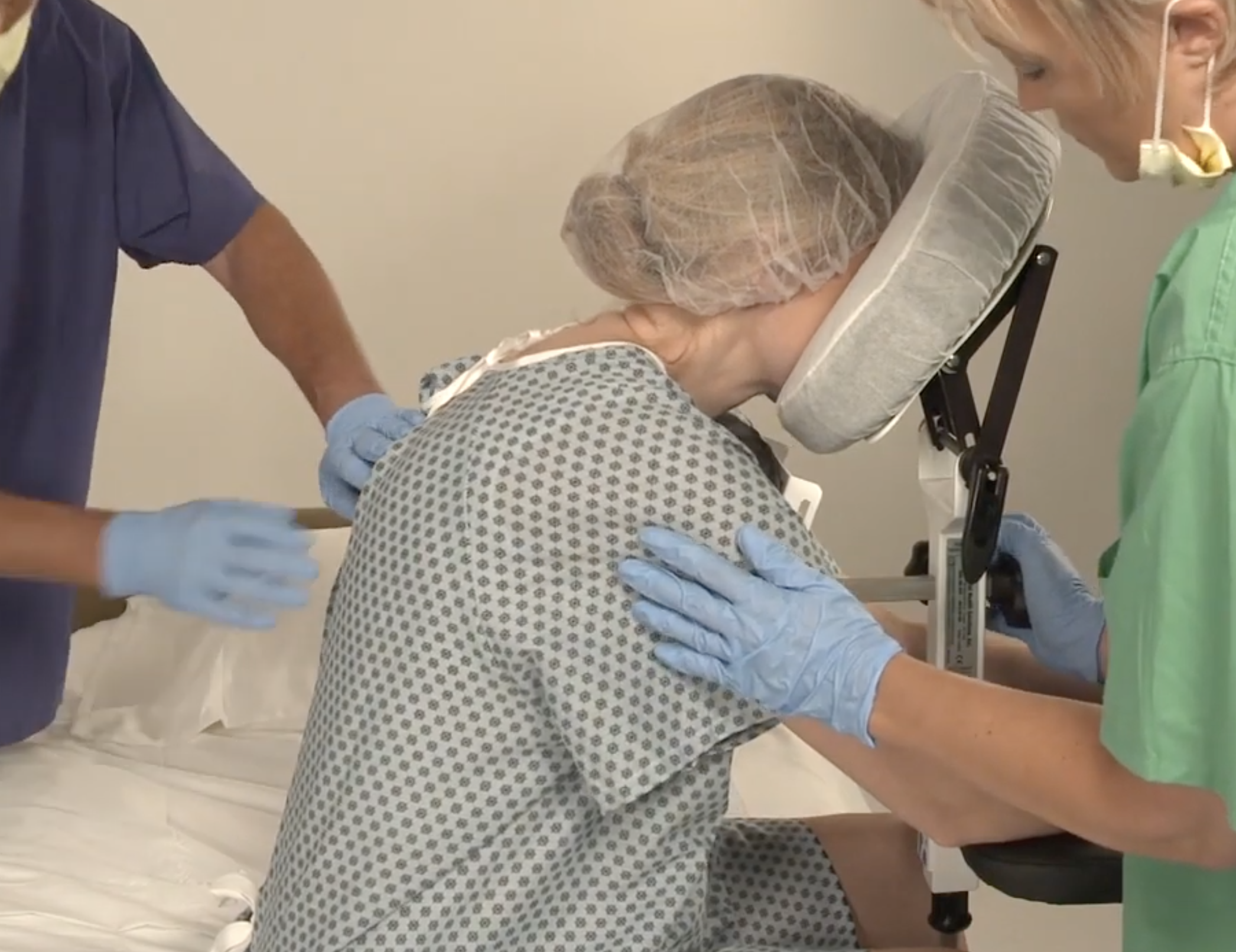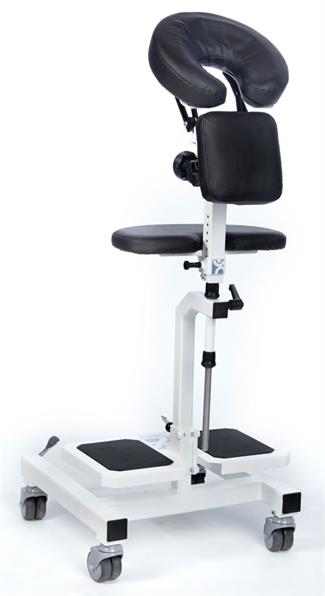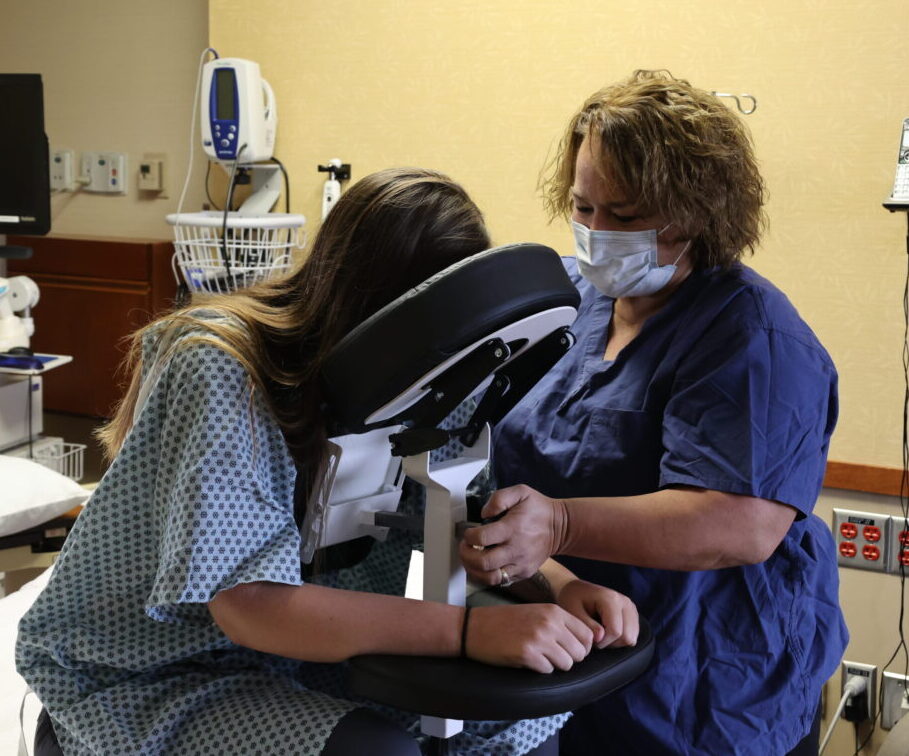Epidurals are given to patients across many departments within the hospital setting. Most people know that women often receive them during labor, but there are many other times a patient can benefit from a spinal block, including: epidural pain relief, an alternative to general anesthesia, and to combat chronic pain. Yet, as common as the practice is, many healthcare workers in a labor and delivery unit or a surgery department who perform manual patient handling are at risk for injury. Oftentimes, patients who are in need of an epidural are in pain, nervous, nauseous, or confused. Nurses have reported even being physically attacked or bitten by patients during an epidural.
In this state, it is hard to manually control positioning and account for patient movement. They might not understand the directions properly or be able to hold the position, which means that several healthcare workers have to use their entire body weight to keep the patient in place.
In addition to patient concerns, the tables or beds where the procedure is performed are also not ideal for patient or healthcare safety, such as bed side tables that don’t lock, stacks of pillows, chairs with wheels. All of these issues accumulate for risky manual patient handling for the patient and their nurses or anesthesia technician.
Improving Healthcare Safety with an Epidural Positioning Device
An EPD or epidural positioning device is designed to promote the best possible optimal spinal flexion in the cervical, thoracic, and lumbar spines for proper needle insertion. It also makes the procedure a lot safer then when it’s just performed with manual patient handling.
Even before considering the risks of performing a spinal block without an epidural chair, nurses are one of the most at-risk professionals in any industry. According to the Bureau of Labor Statistics, nurses are injured at a rate of 46% compared to 34% elsewhere.
Manual Patient Handling and The Need for The Epidural Chair
 The epidural chair directly minimizes this risk of injury for any labor and delivery unit or surgery department because it positions and holds patients automatically without the need for any special maneuvering or exertion on the healthcare provider. According to the Center for Disease Control, there is evidence-based research showing that replacing manual patient handling can significantly reduce the rate of nursing injury.
The epidural chair directly minimizes this risk of injury for any labor and delivery unit or surgery department because it positions and holds patients automatically without the need for any special maneuvering or exertion on the healthcare provider. According to the Center for Disease Control, there is evidence-based research showing that replacing manual patient handling can significantly reduce the rate of nursing injury.
Patients see the benefit of the EPD as well. An article in the International Journal of Obstetric Anesthesia, patient comfort was significantly higher using an epidural chair, with over 90% of patients preferring the epidural positioning device to the historic manual positioning and holding. The EPD is a win-win scenario for patients and healthcare workers trying to deliver epidural pain relief because it is more comfortable, easy to use, and safer. For more information on epidural positioning devices contact us at SPHMedical.


